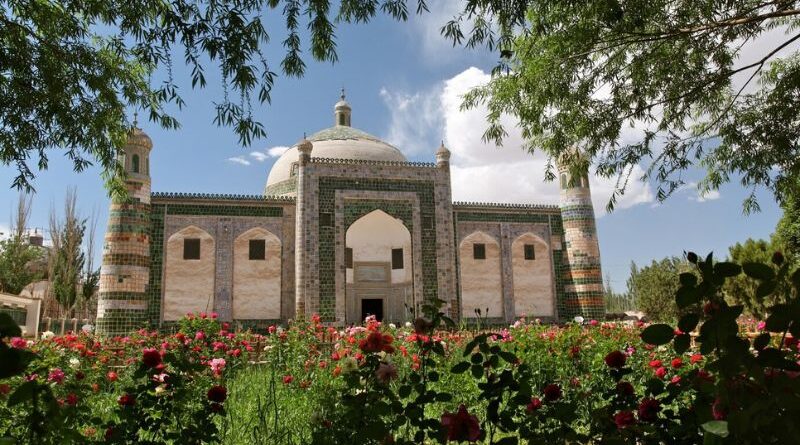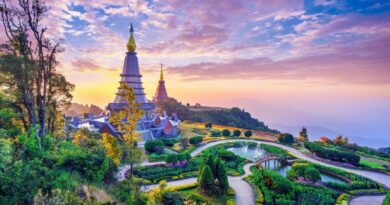Uzbekistan, beckoning with its opulent tapestry of cultural heritage, extends an open invitation to wanderlust-driven travelers seeking a profound immersion into the heart of Central Asia. This guide serves as a compass, navigating through the intricacies of Uzbekistan’s cultural legacy, unlocking the doors to 7 Places To Immerse Yourself In Uzbekistan’s Rich Heritage that stand as a testament to the nation’s vibrant history and enduring traditions.
As we embark on this cultural odyssey, each step unfolds a chapter in Uzbekistan’s narrative—a narrative woven with threads of conquest, trade, spirituality, and resilience. These seven places, diverse in their offerings yet united in their cultural significance, promise an enriching journey through time.
From the modern bustle of Tashkent to the ancient echoes of Khiva, each destination is a jewel in Uzbekistan’s crown, contributing to a collective heritage that spans centuries. Join us as we explore the essence of this Central Asian gem, where the past meets the present in a harmonious dance of tradition and modernity.
Samarkand: The Jewel of the Silk Road
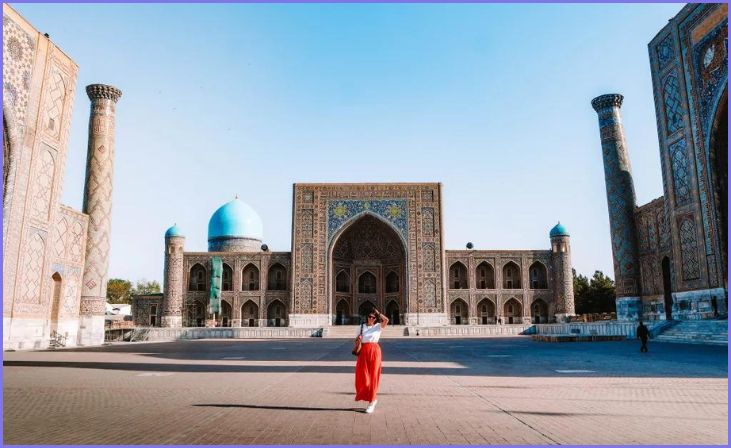
Samarkand, often referred to as the “Jewel of the Silk Road,” is a city steeped in history and architectural splendor. One of its crown jewels is the awe-inspiring Registan Square, a vast open space surrounded by three grand madrasahs. Marvel at the intricate tilework adorning the facades of the Ulugh Beg Madrasah and Tilya-Kori Madrasah, both standing as testaments to the city’s rich cultural heritage. The Registan Square is a living canvas that transports visitors back in time, where the echoes of ancient scholars and traders resonate.
Also Read:- Budget Trekking Tips
As you explore Samarkand further, the Shah-i-Zinda necropolis beckons. This enchanting street of mausoleums is a testament to the artistic prowess of Uzbek craftsmen, with each structure adorned in vibrant tiles depicting intricate geometric patterns. The Shah-i-Zinda necropolis not only houses the remains of nobles and spiritual leaders but also serves as a visual feast for those captivated by the artistry of Central Asian tilework.
Bukhara: A Living Museum
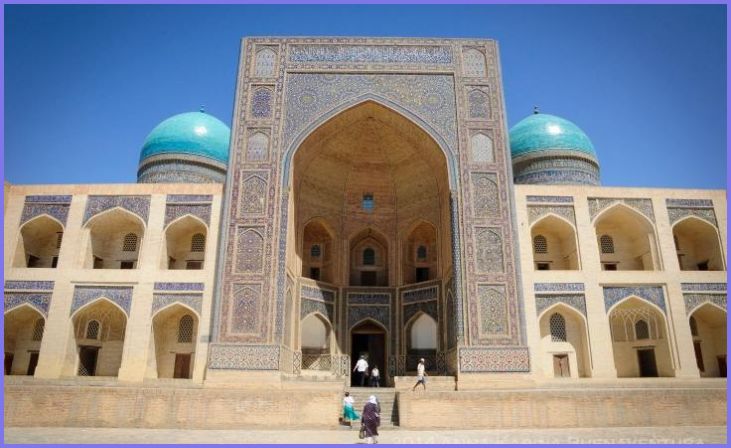
Bukhara, designated a UNESCO World Heritage Site, is a living museum that transports visitors back to the heart of Central Asian history. Wander through the historic center, where time seems to stand still amidst the well-preserved architecture. The Ark of Bukhara, an ancient fortress, stands as a silent witness to the city’s tumultuous past. Within its walls, tales of conquests and royalty come to life, providing a glimpse into the city’s resilience.
The Po-i-Kalyan complex, with the imposing Kalyan Minaret and the grand Kalyan Mosque, dominates the cityscape. The minaret, standing tall since the 12th century, narrates stories of Bukhara’s architectural prowess and religious significance. As you traverse the complex, the intricate details of the mosque’s design unfold, offering a spiritual journey through the passages of time.
Khiva: A City Frozen in Time
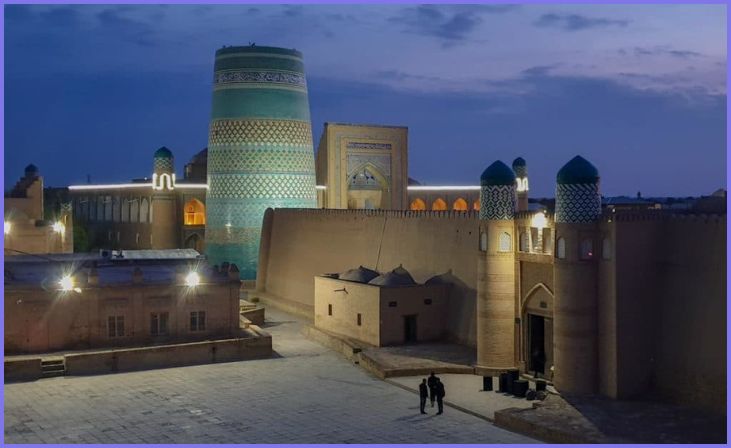
Khiva, a city frozen in time within the confines of Ichan Kala, its walled inner city, presents a captivating blend of history and architecture. Step through the ancient gates and delve into the Kunya-Ark fortress, an architectural marvel that served as the residence of Khivan khans. The Islam Khodja Minaret, piercing the sky, offers panoramic views of the city, narrating tales of ancient minaret builders and their craftsmanship.
Tash-Hauli Palace, with its harem and courtyards, provides a glimpse into the opulent lifestyle of Khiva’s rulers. The intricate tilework and ornate carvings capture the essence of medieval Central Asian architecture, inviting visitors to immerse themselves in the splendor of a bygone era. Khiva’s Ichan Kala stands as a living testament to the city’s resilience and enduring cultural legacy.
Shakhrisabz: Birthplace of Tamerlane
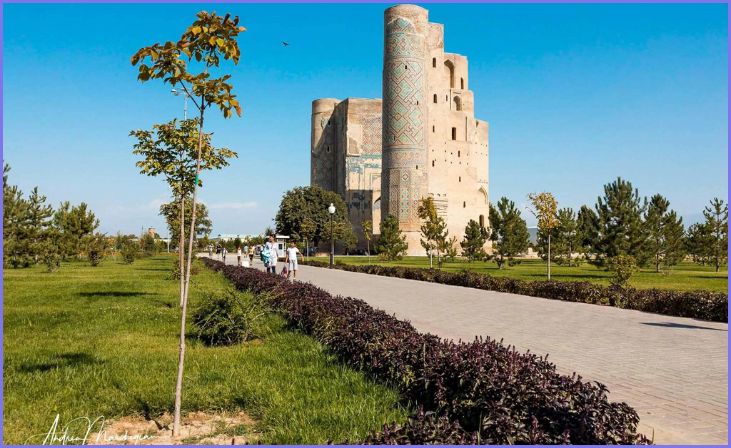
Shakhrisabz, the birthplace of the legendary Tamerlane, offers a journey into the life of this great conqueror and the architectural wonders he commissioned. The Ak-Saray Palace, though incomplete, reflects the grandeur and ambition of Tamerlane’s vision. The remnants of its colossal entrance portal hint at the scale of the original structure, leaving visitors in awe of the past.
Explore the Dorut Tilavat complex, a serene garden adorned with decorative elements from different epochs. Gain insights into Tamerlane’s spiritual side as you discover the remains of the Dorut Tilavat mausoleum. Shakhrisabz, with its blend of historical remnants and the surrounding natural beauty, provides a unique perspective on the life and legacy of Tamerlane.
Tashkent: Where Modernity Meets Tradition
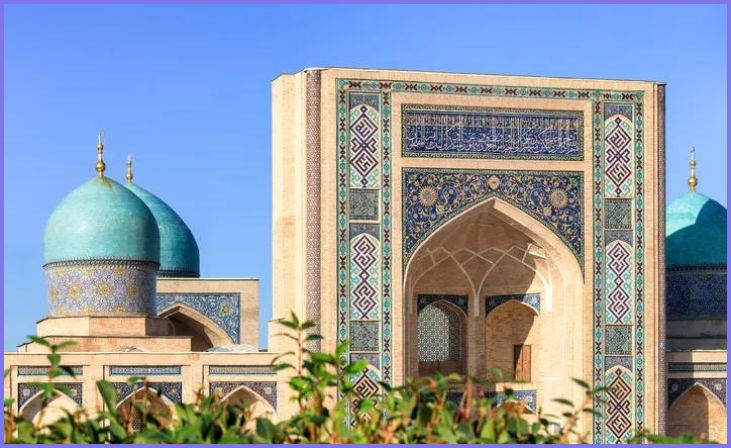
Tashkent, the capital city, is a vibrant metropolis where modernity seamlessly integrates with tradition. Explore the bustling streets and the iconic Hast-Imam Square, a hub of historical significance. The Barak-Khan Madrasah, with its intricate patterns and arched doorways, stands as a testament to the city’s rich cultural heritage.
Visit the Tillya Sheikh Mosque within the square, where one of the world’s oldest Qurans is preserved. The juxtaposition of the ancient manuscript and the modern surroundings symbolizes Tashkent’s unique identity as a city that embraces its historical roots while evolving with the times. Tashkent invites visitors to witness the harmonious coexistence of past and present.
Fergana Valley: Cradle of Uzbek Culture
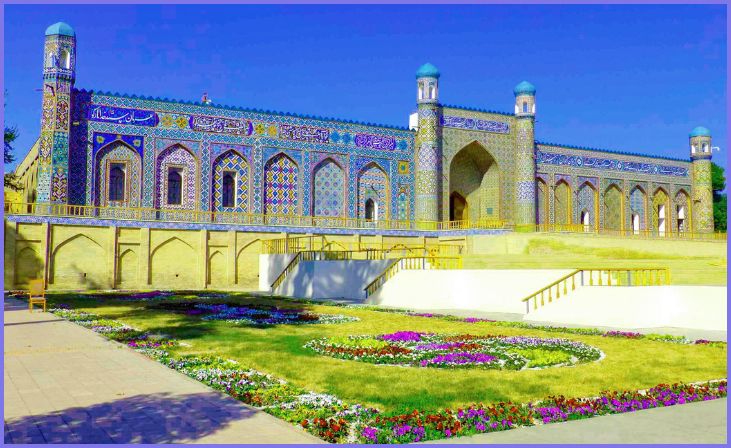
Immerse yourself in the breathtaking landscapes and rich cultural heritage of the Fergana Valley. Known as the cradle of Uzbek culture, the valley offers a picturesque backdrop for exploration. Visit the city of Margilan, renowned for its silk production that has thrived for centuries. Wander through the vibrant bazaars, where the colors of traditional Uzbek textiles come to life.
The Rishtan ceramics workshops showcase the region’s artistic traditions, with skilled artisans creating intricate pottery. As you traverse the valley, the combination of lush landscapes and historic sites creates a sensory experience that encapsulates the essence of Uzbek culture. Fergana Valley is a journey through time and craftsmanship, where the past and present intertwine.
Nukus: Unveiling the Savitsky Collection
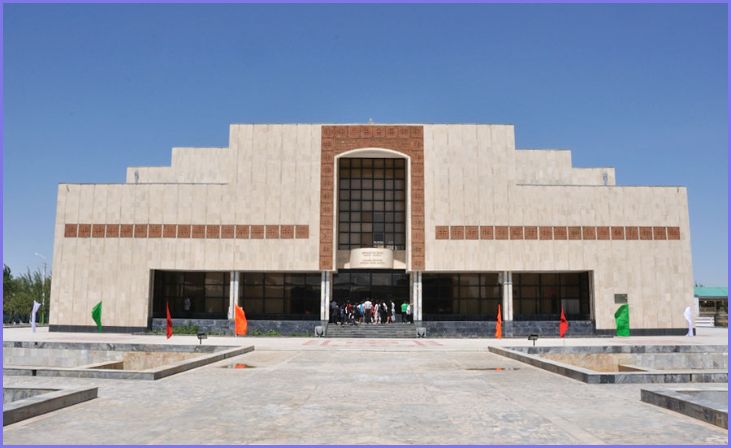
Nukus, an unconventional destination, unveils the Igor Savitsky Museum, a hidden gem housing a unique collection of avant-garde Soviet art. This museum offers a different perspective on Uzbekistan’s cultural history, providing a glimpse into the artistic expressions that challenged the norms of the time.
Also Read:- Places To Visit In The USA
The Savitsky Collection, with its diverse range of paintings and artifacts, reflects the courage of artists who defied the restrictions imposed during the Soviet era. Nukus, often overlooked by traditional tourist routes, becomes a must-visit for art enthusiasts seeking a deeper understanding of Uzbekistan’s cultural evolution. The Savitsky Museum stands as a testament to the power of art to transcend political boundaries and shape the narrative of a nation.
Conclusion
In conclusion, our odyssey through the cultural wonders of Uzbekistan has been nothing short of a mesmerizing tapestry, woven with threads of history, tradition, and resilience. Each destination, from the bustling streets of Tashkent to the serene landscapes of Nuratau-Kyzylkum, has left an indelible mark on our cultural exploration.
As we reflect on the journey, it becomes evident that Uzbekistan is not just a country; it is a living testament to the enduring spirit of its people. The architectural marvels, the vibrant markets, and the warm hospitality speak volumes about a nation proud of its past yet embracing the future with open arms.
Immersing ourselves in the historical significance of Samarkand, tracing the legacy of Timur in Shahrisabz, and witnessing the tragedies and triumphs around the Aral Sea, we’ve not merely visited places but stepped into living history. Uzbekistan’s rich heritage is not confined to museums; it’s etched into the very fabric of everyday life.
FAQs
A: To savor the rich flavors of Uzbek cuisine, explore local markets like Chorsu Bazaar in Tashkent or Siab Bazaar in Samarkand. Don’t miss trying traditional dishes such as plov, manti, and shashlik in local eateries, providing an authentic taste of Uzbekistan’s culinary heritage.
A: Yes, Uzbekistan’s heritage sites are generally family-friendly, offering a captivating experience for visitors of all ages. However, it’s advisable to check the specific site’s amenities and accessibility beforehand, especially if traveling with young children or elderly family members.

